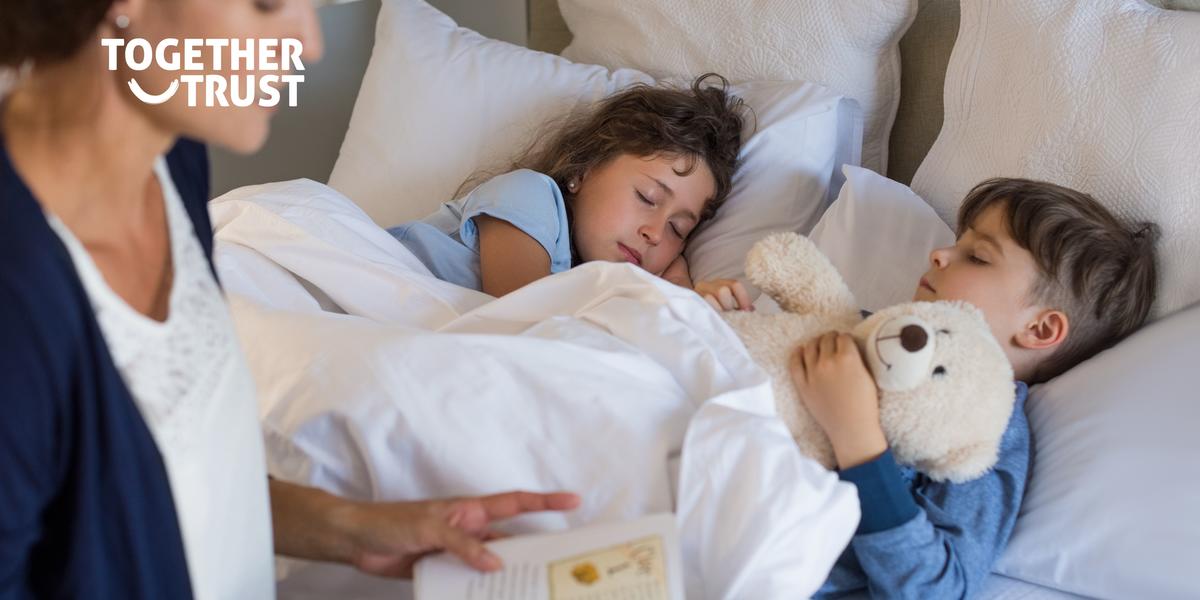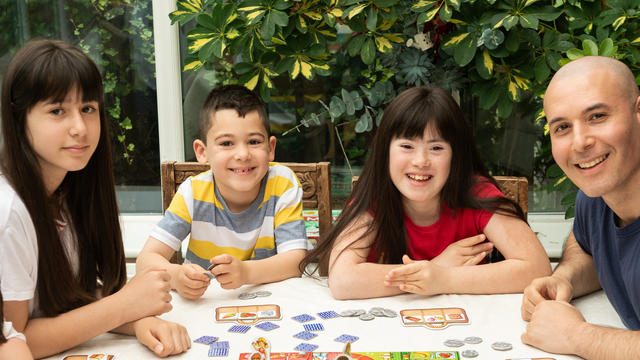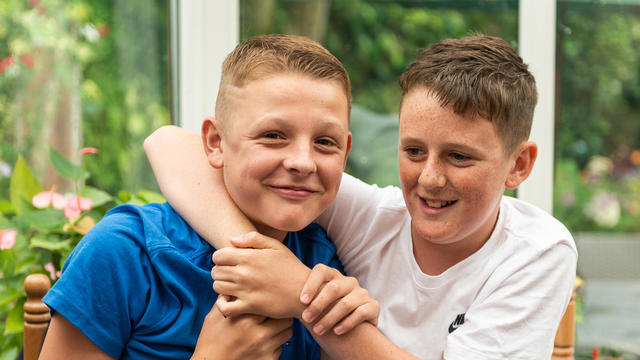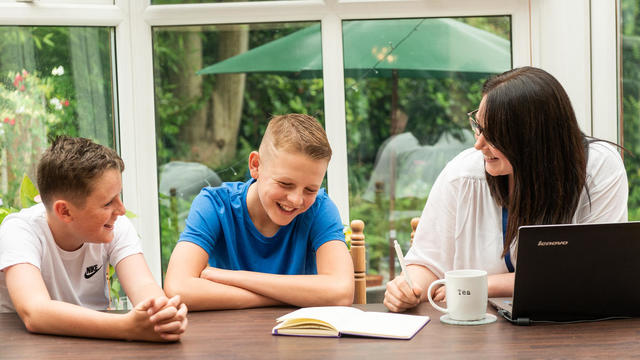Sleep tips: Beds

Make sure your child only uses their bed for sleep in order to associate it with relaxation and a pre-bedtime ritual such as reading a book, rather than homework, gaming or playing with toys, for example.
Avoid using your child’s bed for time-out, or they’ll learn to associate it with punishment.
Type of bed
If choosing a new bed, take your child with you to give them some ownership and allow them to try different beds out.
• Consider the height and size of the bed. Some children may feel afraid of high beds or double beds, for example.
• Consider the stability of the bed. Beds that make creaking noises might cause night waking. Some children with sensory processing difficulties like to feel stability around them and may need a bed with a rail or higher side.
• Some beds have play dens underneath, gaming stations, desks and toy storage. This can blur the boundary between daytime activity and night-time sleeping and may entice your child to get out of bed to play.
• If your child has allergies, a hypoallergenic mattress will alleviate their symptoms and give them a more restful night’s sleep.
• Bear in mind that children who fidget or move around a lot through the night will need enough support to help keep them steady and comfortable.
• Most mattresses have a life span of between 8-10 years. You should also regularly turn or flip the mattress (depending on the type) around every six months.
Bedding
Waterproof mattress protectors with the right level of absorbency can support a good night’s sleep for children who regularly wet the bed. Polyurethane ones don’t absorb body heat and will keep your child cool. If heat isn’t an issue, vinyl covers can be used.
Quilts and sheets come in different thicknesses, togs and fabrics. Some children are sensitive to the feel/look of fabrics, and certain fabrics/patterns may make them feel uncomfortable in their bed. Bedding based on your child’s interests may help in getting them into bed. Check that there are no tags on the bedding too. See our advice sheet on ‘temperature’ when considering bedding.
Some children are calmed by ‘proprioception’ (feeling pressure) and enjoy being tucked in tight. Lycra stretchy sheets can also help, as well as additional blankets. It is strongly recommended that you seek health/medical advice if considering a weighted blanket.
Position of the Bed
Position your child’s bed to face away from the window to reduce light. Many children sleep best when their bed is positioned with the headboard and one side of the bed against the wall.





